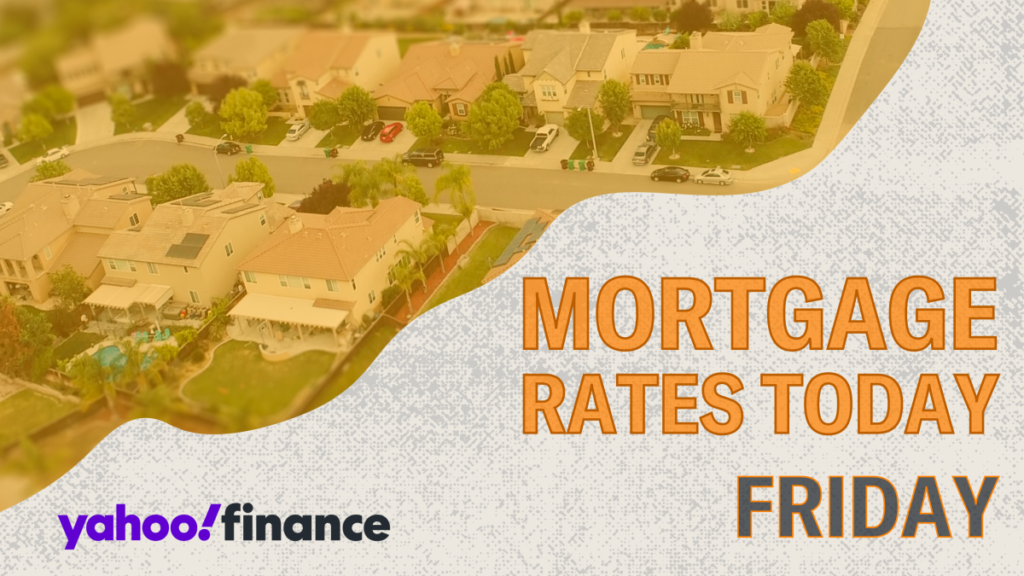Mortgage rates have experienced a notable rise recently, with the national average 30-year fixed mortgage rate climbing to 6.44%, up 12 basis points, while the 15-year fixed rate surged 22 basis points to 5.63%, as reported by Freddie Mac. For homeowners currently considering refinancing, it may be prudent to wait until next year when rates are anticipated to decrease. Conversely, potential homebuyers might be surprised to learn that now could be a more favorable time for purchasing a home than initially perceived, given that the current 30-year mortgage rate is down 1.19% compared to last year and sits 38 basis points below its 52-week average. The comparative advantage continues with the 15-year mortgage rate, also declining by 1.29% from last October and positioned 45 basis points under its yearly average.
The most recent mortgage rates available through Zillow delineate the market landscape further, showing variances in fixed and adjustable-rate loans. The 30-year fixed mortgage is currently at 6.19%, with rates also offered for 20-year and 15-year fixed terms standing at 6.03% and 5.53%, respectively. For those exploring adjustable-rate mortgages (ARMs), rates are 6.78% for a 5/1 ARM and 6.90% for a 7/1 ARM. Specialized loans, such as Veterans Affairs (VA) loans, also present varied rates, with a 30-year VA loan at 5.55% and a 15-year VA loan notably lower at 5.08%. The data points offer a national average and are trending so buyers and refinancers must consider these numbers when strategizing their mortgage decisions.
Refinancing rates also saw slight increases recently, with the national averages for a 30-year fixed refinance rate at 6.31% and for a 15-year fixed refinance at 5.67%. Adjustable-rate options for refinancing follow similar trends, with 5/1 and 7/1 ARMs listed at 6.58% and 6.49%, respectively. While refinancing rates typically trend higher than purchase rates, borrowers should evaluate differing scenarios as individual circumstances may lead to favorable refinancing options as well. Understanding the interplay of these rates can inform potential borrowers significantly when they are determining the best route for their financial situation amid fluctuating market conditions.
Mortgage calculations are aided through tools such as a mortgage payment calculator available from Yahoo Finance, which helps potential buyers visualize their prospective monthly payments inclusive of additional costs like insurance and taxes. The implications of a mortgage interest rate—both fixed and adjustable—outline a significant aspect of home financing. Fixed-rate loans lock in an interest rate for the life of the loan, offering predictability, whereas adjustable-rate mortgages provide a lower starting rate which adjusts after a specified period according to market conditions. Consequently, the allocation toward interest diminishes over time as principal payments escalate, highlighting the contrasting long-term financial experiences of borrowers under these two structures.
Opting for a 30-year fixed-rate mortgage could be optimal for those seeking lower monthly payments with the stability of a fixed rate. However, this comes with a trade-off of paying more interest overall, as longer terms generally mean higher total costs. If a borrower aims to save on interest and pay off the home more quickly, a 15-year fixed-rate mortgage may appeal, although it requires a higher monthly outlay. On the other hand, the anticipation of selling before an ARM escalates can lead to substantial savings in interest, yet current comparisons indicate that the rates of 5/1 and 7/1 ARMs are only marginally lower than established fixed-rate options, necessitating careful consideration of the potential risks associated with rate variability.
Current trends suggest that while mortgage rates have risen recently, they have decreased significantly over the past year and are projected to stabilize before potentially declining further, especially in 2025. Mortgage rate forecasts by economists at Fannie Mae and the Mortgage Bankers Association predict that the average 30-year fixed rate will end this year at around 6.2%. The anticipated reductions in the federal funds rate could provide additional impetus for a decrease in mortgage rates, making early 2025 a more favorable time for both purchases and refinancing. Thus, for individuals contemplating homeownership or refinancing, understanding these dynamics is crucial for making informed decisions aligned with their financial goals.

